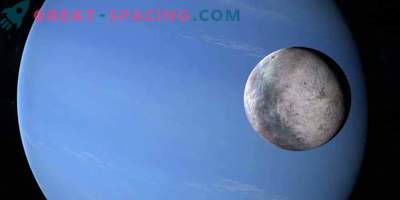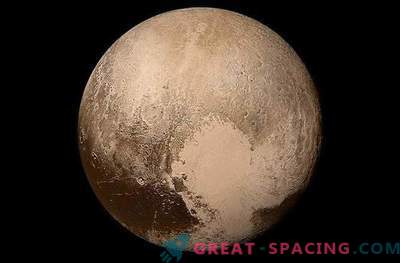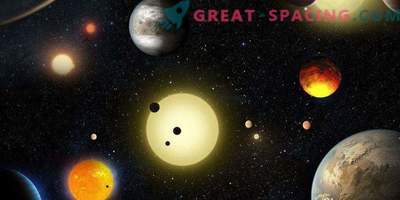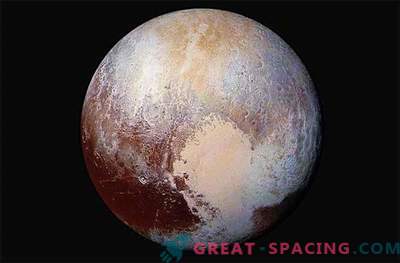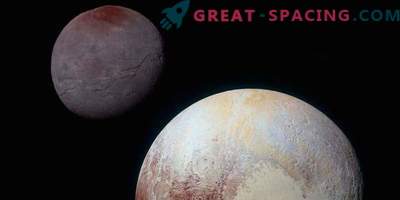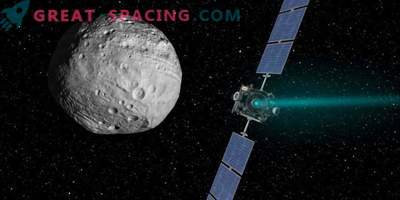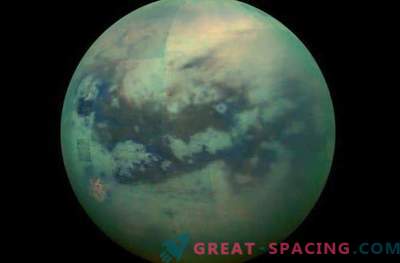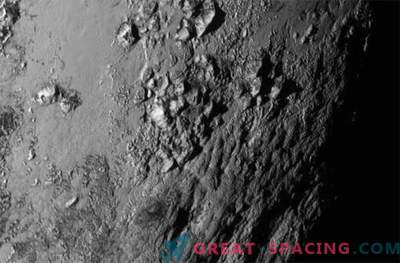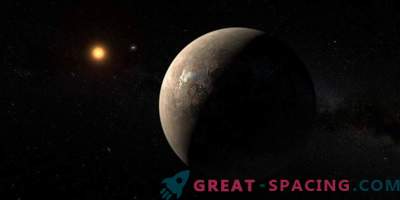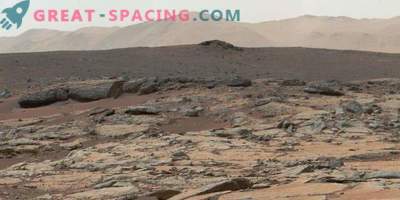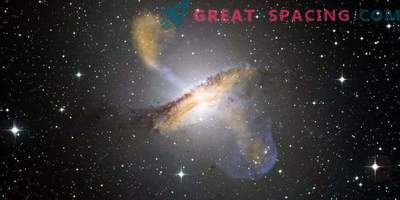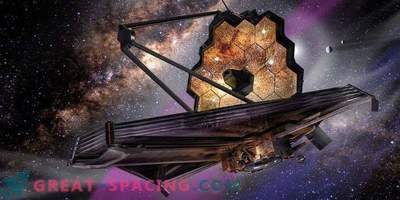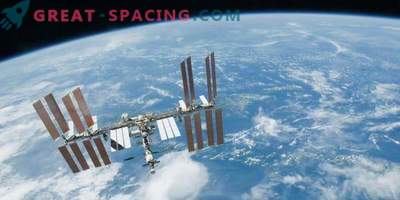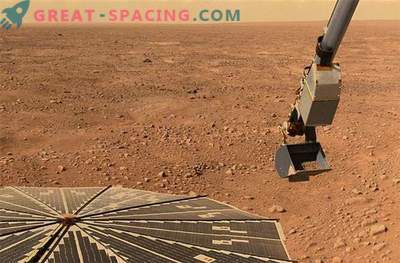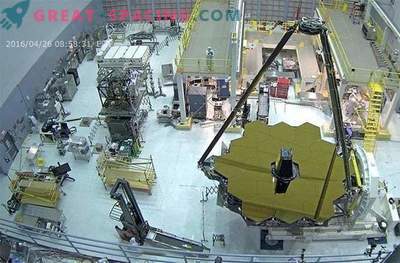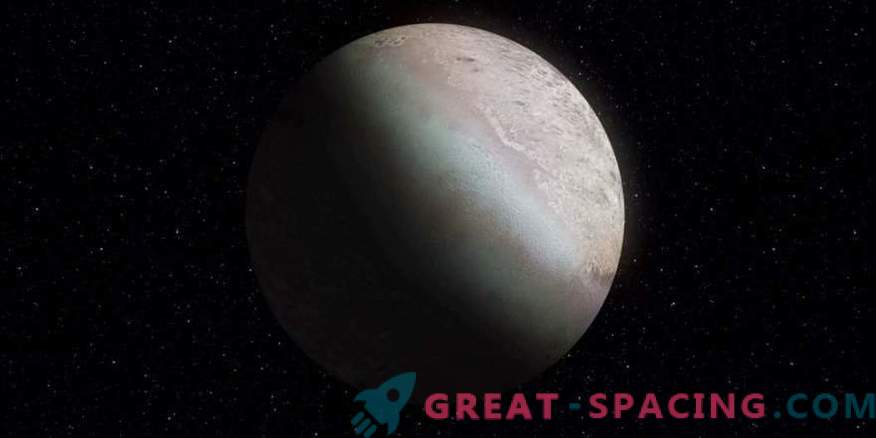
We have no great hopes in terms of settling gas or ice giants. In the end, this is too extreme worlds, devoid of our usual solid surface. But their companions seem to be promising candidates for the search for life or the creation of a colony. NASA knows this, so they are eyeing Triton.
Mysterious satellite
Here is the largest satellite of Neptune, which is the 7th largest among the lunar family of the Solar System. It is also important that this is the only known moon with retrograde motion on the orbital path.
In 1846, William Lassell found Neptune, and after 17 days he noticed a remarkable companion next to him. Moreover, the astronomer also assured that he sees rings around the planet, but the official discovery falls only on 1968. For a long time, the moon (as it was the only one) was simply called the Satellite of Neptune. But in 1949 they found the Nereid, and Triton received a modern name in honor of the god from Ancient Greece, the son of Poseidon.
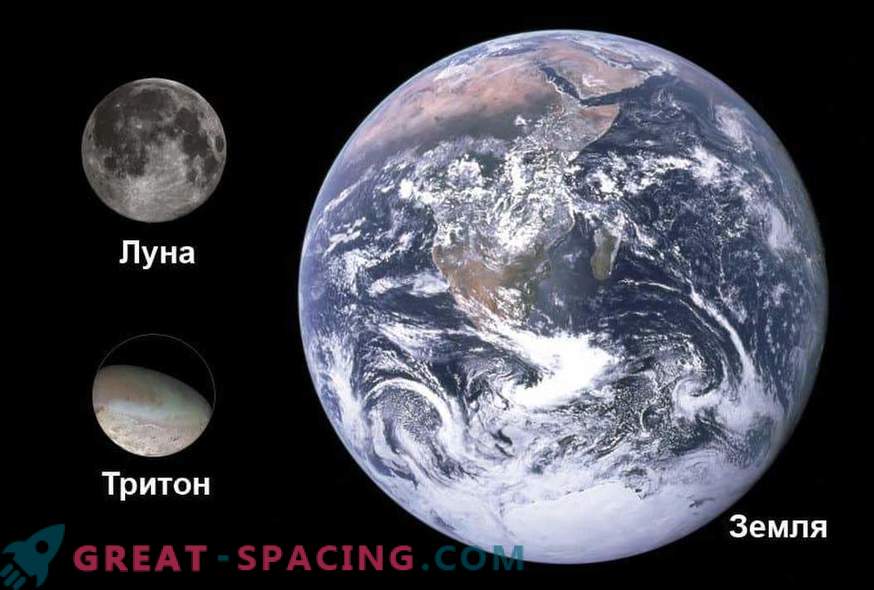
Comparative sizes of Triton, Moon and Earth
If we talk about the orbital path, then Triton demonstrates an almost regular circle. It is believed that the object appeared initially in the Kuiper belt, and only later was attracted by the gravitational influence of Neptune. With a diameter of 2700 km, this satellite manages to exceed the size of Eris and Pluto (dwarf planets). Observed the presence of a thin atmospheric layer, which in composition (methane and carbon monoxide) strongly resembles the atmosphere of Pluto. At a temperature of -235 ° C, the surface is covered with ices of nitrogen and methane. Too few craters are observed, so it is believed that the satellite is still geologically active. It is believed that the age mark of the surface reaches no more than 100 million years.
Interesting Facts About Triton
- Geysers and uneven terrain are observed on the icy surface, which indicates subsurface activity. Present active cryovolcanoes.
- Geysers emit gaseous nitrogen, where jets are capable of reaching a height of 8 km. Because of this, a thin nitrogen atmosphere is created.
- It is believed that the Triton structure is layers wrapped around a rocky core. There is a theory that inside the ocean hides out of slushy or liquid water.
- The satellite is in a gravitational block with a planet (like the Moon), which means it always looks the same way.
- In 3.5 billion years, Triton risks approaching Neptune at a critical distance and collapse, creating material for the ring system.
New Mission

Triton surface map made by Voyager-2 spacecraft
The only existing map was created during the passage of the Voyager-2 spacecraft in 1989. Since scientists are focused on Mars and the Moon, repeated flights to Neptune have not been discussed for a long time. But recently, NASA scientists have expressed a desire to explore the Triton. It’s all about the possibility that a liquid ocean hides beneath the icy surface. Despite the fact that the satellite is located far from the Sun, it is still able to have primitive forms of life in the ocean. At a recent scientific conference in Houston, it was announced that a new project should be allocated $ 500 million. Usually billions are allocated to large-scale missions, because this is a flight to an external solar system. Why is there less?
It's all about the Trident spacecraft (“trident”), which is planned to be made small to save. Perhaps it will be about the technology of small satellites Cubesat. True, they managed to test only in flight to Mars. No one knows if they can go any further. A possible launch to Triton in early 2020 is being discussed.
Postscript
In fact, the project does seem promising, but there may be problems with finances. Trident supporters will set aside the value of the mission, but they will have to compete with programs to send a spacecraft to Io (Jupiter’s satellite) and to flight to Venus. Still, NASA does not have a rubber budget and you have to choose.

